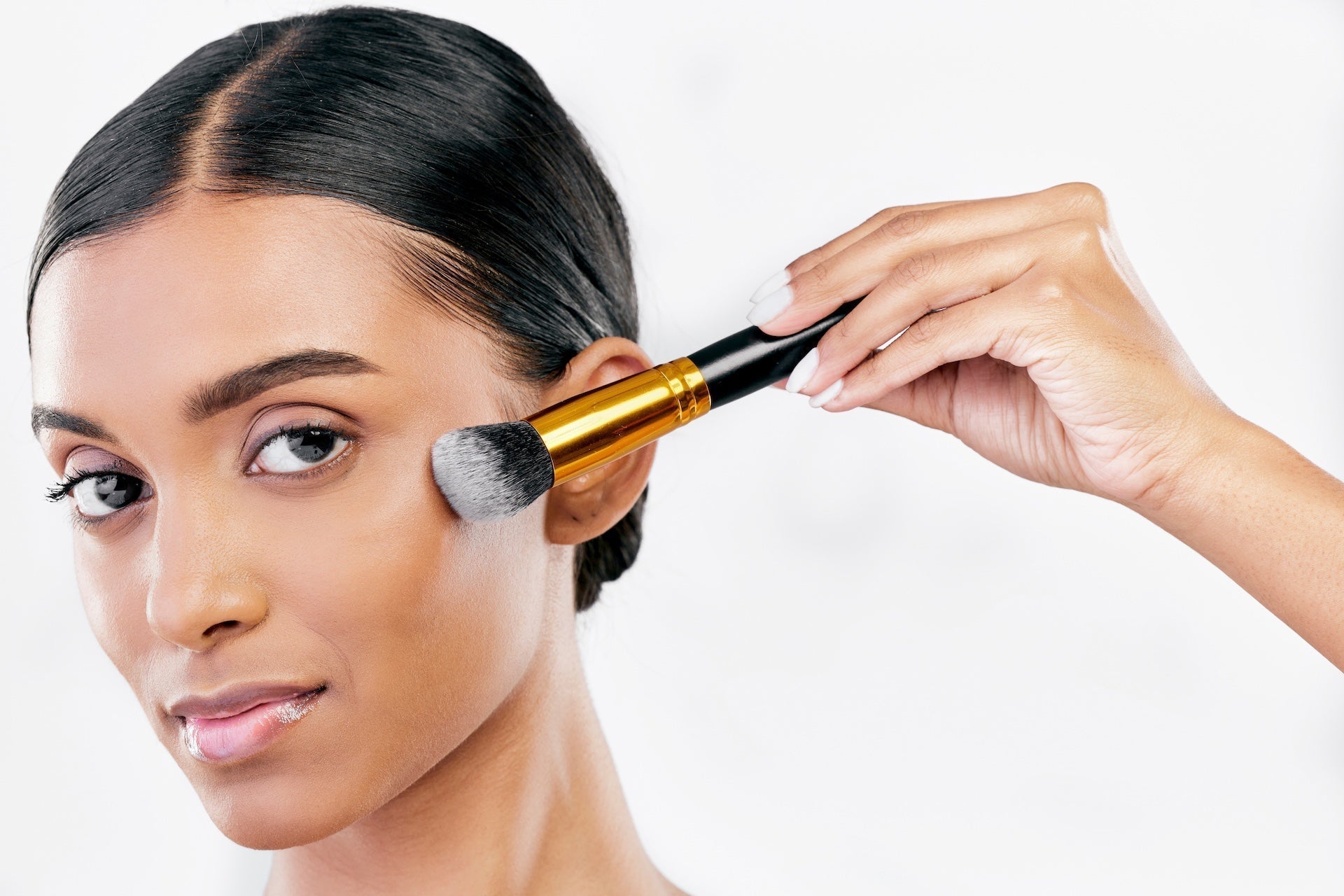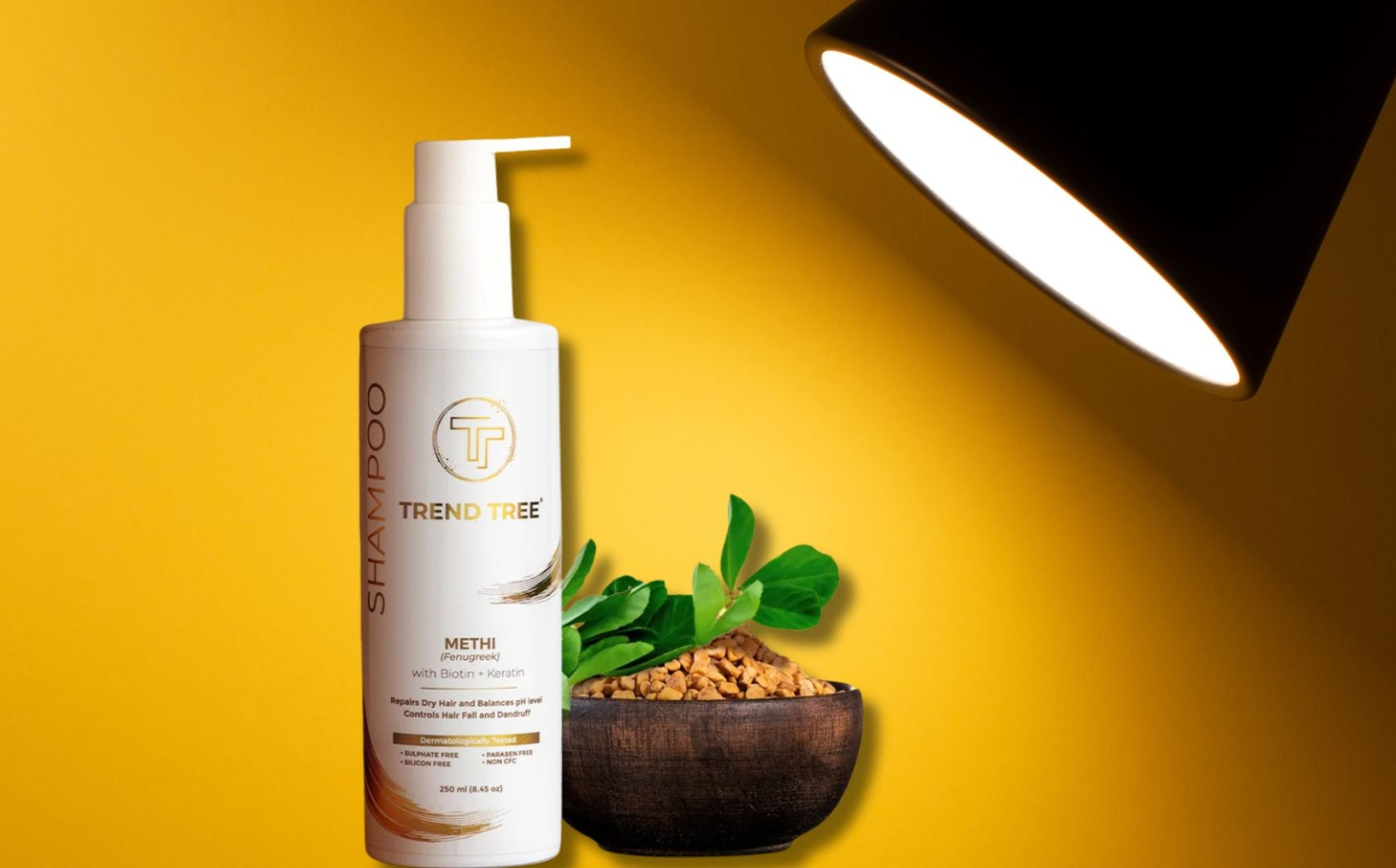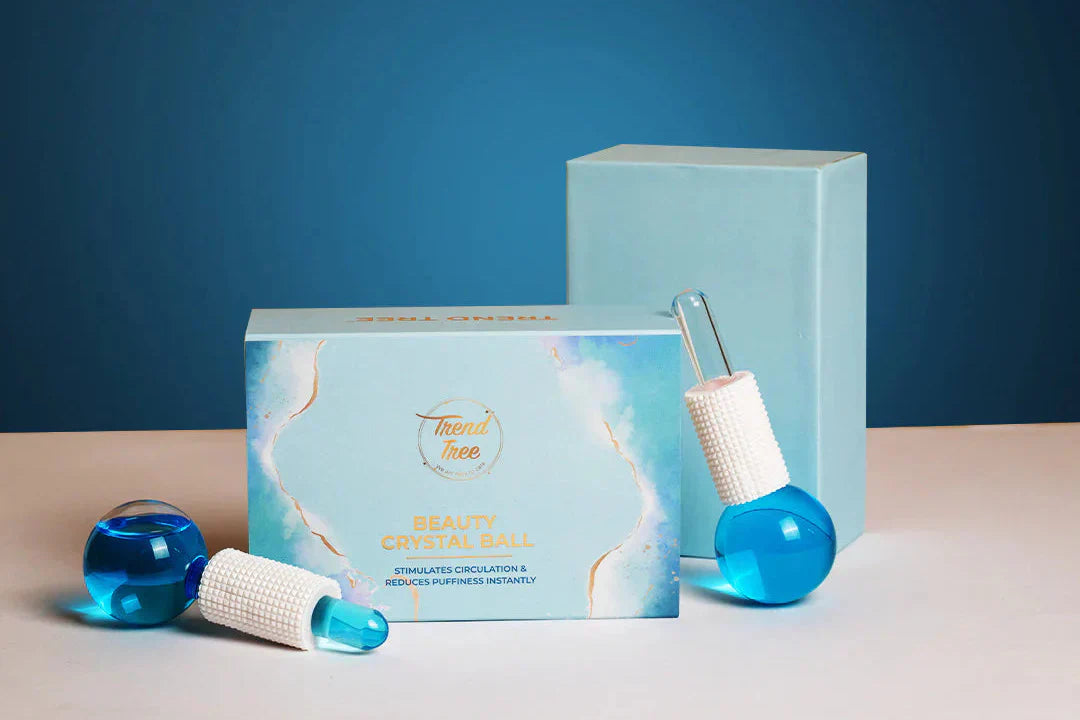
Brush vs. Sponge - Which Tool Is Better for Applying Foundation?
3 Factors you must consider before choosing your foundation tool
Your choice of foundation tool can make or disrupt the beauty of your facial appearance.
At Trend Tree, we believe the key to achieving a flawless finish, lies not just in the foundation itself but in the tool you choose to apply it.
When you don’t use the right makeup tool that suits your skin, your pores might be clogged resulting in acne.
At times your makeup application process might be time-consuming due to blending difficulties. You might end up using excess makeup causing wastage due to poor application.
Your foundation will not be used to its full potential when you don’t use the makeup tool that gives you your desired finish.
You might be forced to frequently replace your makeup products in search of the right one for your skin.
The truth is your foundation isn’t always the problem, the problem might be the tool you use for application.
Again your choice of foundation tool can ruin the beauty of your facial appearance.
When this occurs, you’ll be left with a self-conscious feeling about your appearance when you’re at a public event.
But this doesn’t have to be so. You shouldn’t have to carry out those frequent touch-ups throughout the day because of an uneven finish.
Your delicate skin doesn’t deserve to be left to suffer the redness and noticeable brush strokes that the wrong makeup tool triggers.
With the right choice of foundation tool, you will no longer have to feel less confident about your appearance when you go out with friends.
When to Use a Brush for Foundation Application
- When you want precise coverage - A brush will provide more precision and control when you need to target specific areas of your face, such as the eyes or blemishes.
- If you have an uneven skin texture - A brush can help to create a smoother finish by polishing your makeup evenly on your skin.
- When your foundation is creamy or sticky - When your foundation is creamy or sticky, a brush is often the best tool for blending the product as it will help warm and melt the formula into your skin.
- For professional or special occasion makeup - Most professional makeup artists opt for a brush as it allows for precise application and blending.
When to Use a Sponge for Foundation Application
- If you want a natural, no-makeup finish - If you desire a light, natural finish that looks like second skin, a damp sponge will help you achieve this no-makeup look.
- Sensitive skin - A brush might be too harsh when you have sensitive skin, in such scenarios a soft sponge will be a better option.
- For Quick, everyday makeup - When you’re running out of time or if you desire a quick everyday makeup look, a sponge can be a faster foundation tool as it allows for rapid, all-over coverage.
3 Factors on Which Your Choice of Foundation Tool Depends
- Your Desired Finish - Your desired finish is a very important factor to be considered in your choice of a foundation tool. For instance, a soft-bristled foundation brush can give you a natural finish.
- Personal Preference - Your personal preference affects how you apply, feel, and interact with your foundation.
- Skin type Consideration - If your skin is prone to acne, a foundation brush with antimicrobial properties might be a better choice.
Certain protocols need to be put in place if you want your foundation tool to give you your desired finish.
If you don’t carry out these functions you might end up underutilizing the efficacy of your foundation.
5 things to do to get the most out of your chosen foundation tool
- Cleanse and Prepare Your Skin: Cleansing your skin will help create a smooth canvas for your foundation and ensure it applies evenly.
- Choose the Right Foundation Shade: Select a foundation shade that matches your skin tone. Test the foundation on your jawline to find the perfect match.
- Use the Right Brush or Tool: Choose a foundation brush or tool that suits your skin type and foundation formula. For example, a beauty blender is great for liquid foundation, while a flat brush is better for cream foundation.
- Blend, Blend, Blend!: Make sure to blend your foundation well, especially around your hairline, jawline, and edges of your face.
- Clean and Maintain Your Tool: Wash your brushes with soap and water, and replace your beauty blender every 1-3 months.
If you’re looking for precision and control, a brush might be your best bet. For a natural, airbrushed look, a sponge could be your new BFF.
Still, having difficulty choosing the right tool for your foundation application?
Browse Trend Tree's exclusive range of makeup accessories now.
Written By Ritikka Puranik'



